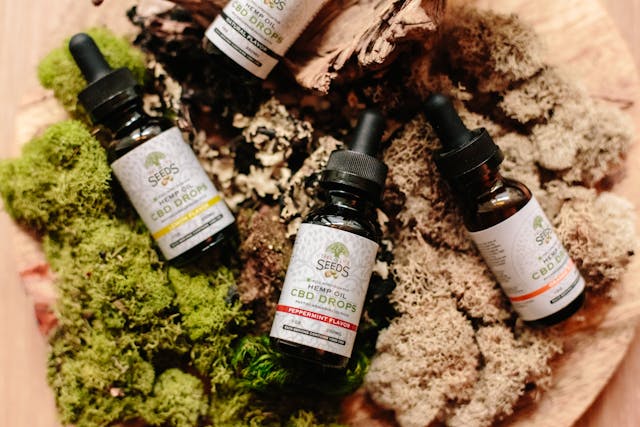Plant Pathology 101: A Beginner’s Guide to Disease Diagnosis
They live organisms and can be affected by disease. This is the reason it is crucial to recognize the problem with plants. Understanding the basic principles of plant pathology can assist horticulturists, growers and gardeners to spot and deal with problems with plants effectively. The manual will provide the initial thoughts on plant ailments and causes, as also symptoms and solutions.
Common symptoms of a plant disease
Everyone should go through the plant disease identification procedure at the earliest stage to prevent any further harm. Here are the signs that will tell what the condition of your plant is:
Leaf symptoms
Color changes are among the most frequently observed indicators of a plant illness. It could be brown, yellow as well as discoloration. In the leaves there could be tiny uneven or circular spots, as well as the appearance of gray or white regions made of powdery matter. However, there must be an abrupt loss of tissue and tissues, which is known as blight.
The characteristics of a stem or branch
Bending stems and drooping are also signs of plants suffering from illnesses. There may be abnormal growths on the branches or stems as well as dieback. Dieback is the loss of twigs that starts from the top down.
Root Symptoms
The roots of the plant are also thin, soft or discolored due to an issue. You may have observed that the growth rate for the plant slowed as has the size so that it isn’t as healthy. Even with adequate water supply the plant appears to have a bent.
Fruit symptoms
If the fruits appear soft, mushy or colourless This is a signal of a weak tree. Additionally, there must be tiny irregular or circular spots on the fruit, which may have some splits or cracks.
Prevention and Control Strategies
The prevention of plants-related diseases is more effective than the treatment of these illnesses. Here are some tips you can take to protect your plants against illnesses:
Cultural Practices
The option is to eliminate or eradicate the affected plant to stop the spread of it. In the case that there isn’t enough water this could trigger the disease to spread or cause further harm. Therefore, it is essential to ensure the drainage systems in your area are in good the standard. Consider a crop rotation to stop the pathogen cycle in the plants.
Physical Control
If the process of the detection of plant illnesses is followed by a qualified plant health professional It is possible to distinguish healthy plants and the those that are suffering to prevent the spread of the disease. In addition people who take care of plants can also cover the soil with the help the use of plastic sheets in order to generate heat to the soil, which kills pathogens.
Biological Controls
If you’re searching for a fast and efficient method to avoid a illness, then you must do one thing. And that is the introduction of healthy bacteria that can be harmful towards disease-causing organisms. In addition to that, you can use natural pest killers that can reduce the amount of pests that can aid in preventing diseases.
It is essential to assess the overall health of your plants. It can assist you to identify and treat the source of the problem. By adopting precautionary measures, you will assure a vigorous as healthy plant.








































































